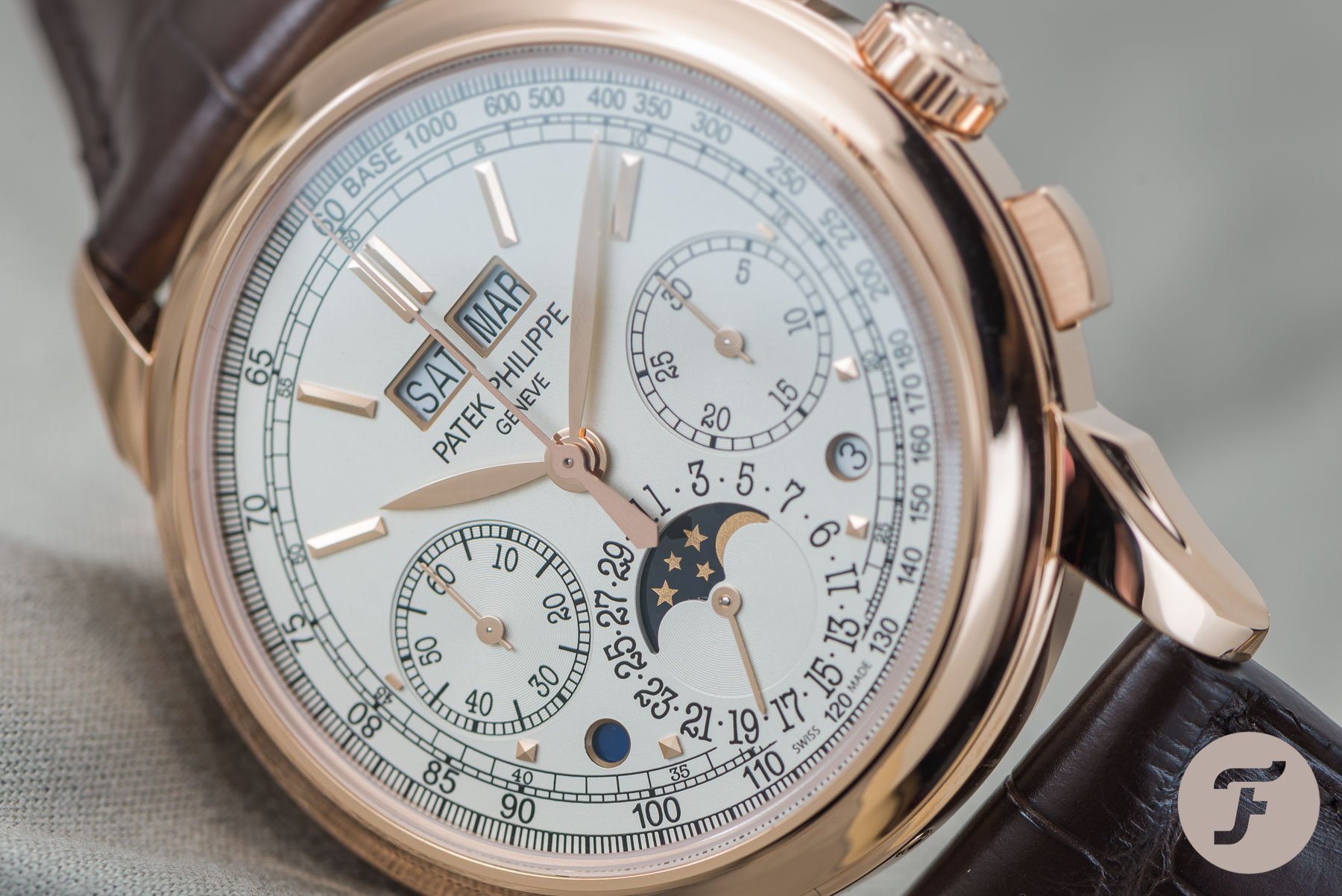Sunlight and Stars: Telling Time In The Wilderness
You’re deep in the Amazon rainforest. Towering trees filter all sunlight so that the ground is just a dim, vibrant green. You’re trying to make your way through, but the undergrowth is too thick. You know have no idea what time it is. Just then, you remember, you were supposed to bring a dessert to your boss’s dinner party. It starts at 7:00. If you could just find out what time it is, you could figure out how much time you have to get out of the jungle, back to your apartment, bake a pie, and make it to your boss’s house. If only there was a way!
I am what I consider to be a hypothetical survivalist. I can consider what I would hypothetically need to do to survive and get back to civilization if I were air-dropped into the remote wilderness. Realistically? I like nature — I love it — and spend much of my time out in it. But I also enjoy creature comforts and not fearing for my life. So I entertain myself with the “what ifs” and “hows” of surviving scenarios I have no intention of putting myself in. Telling time in the wild is one such scenario that I’ve given some thought.
Who’s got the time?
Why would anyone need to know what time it is in the wild? There are no (or fewer) meetings, no deadlines per se, and no dinner parties to prepare for. Simple observation of whether it is day or night should suffice for achieving most goals. But sometimes, scenarios call for a closer attunement to the hour, or environments prevent accurate observation of relative time. And sometimes a horologist is air-dropped into the wilderness and simply misses knowing the time.
Orientation and observation are the key elements to reading the hour. Figuring out which way you’re facing is the first step to breaking up the day (and night). Being able to see the sun is a huge help, but not imperative.
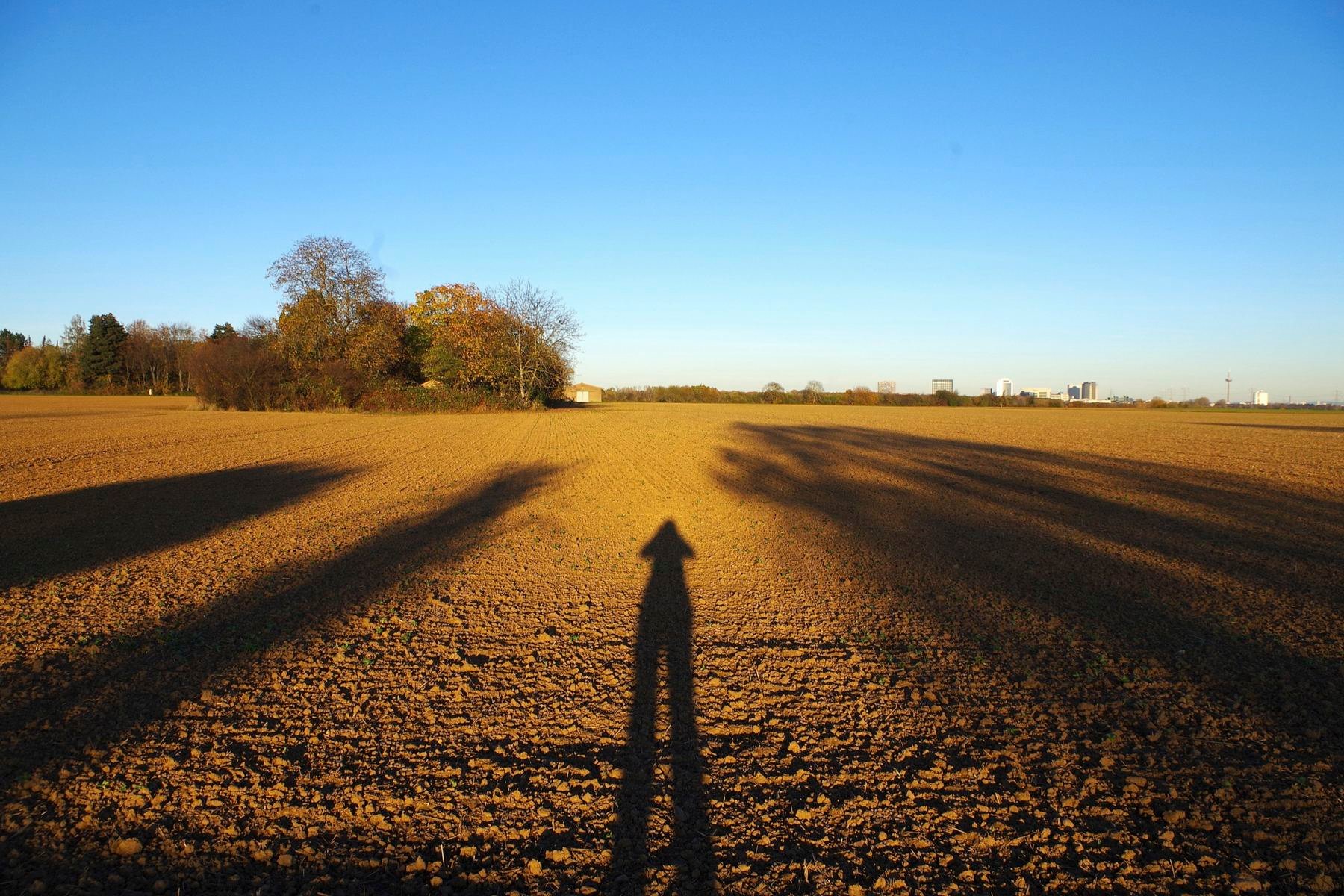
Seefan2012, CC BY-SA 4.0, via Wikimedia Commons
The basics of the body
You can make significant headway if all you have access to observationally is the sun and your body. Your shadow when standing straight will be longest at dawn and sunset, and shortest at solar noon. Solar noon is not usually the exact noon marked by atomic time, as there are discrepancies created by position within a timezone and observed daylight savings, among other things. It is, however, true noon, as far as nature is concerned.
Keeping track of the length of your shadow through a day will reveal to you when noon is, as well as true north (or south, depending on which hemisphere you’re in). Granted, you can’t be expected to stand in one place all day. A length of string to lay out and measure your shadow against periodically is an adequate workaround. Without serious charts or formulas, it’s near impossible to find the time outside of noon using shadow length. One would need tools for that.
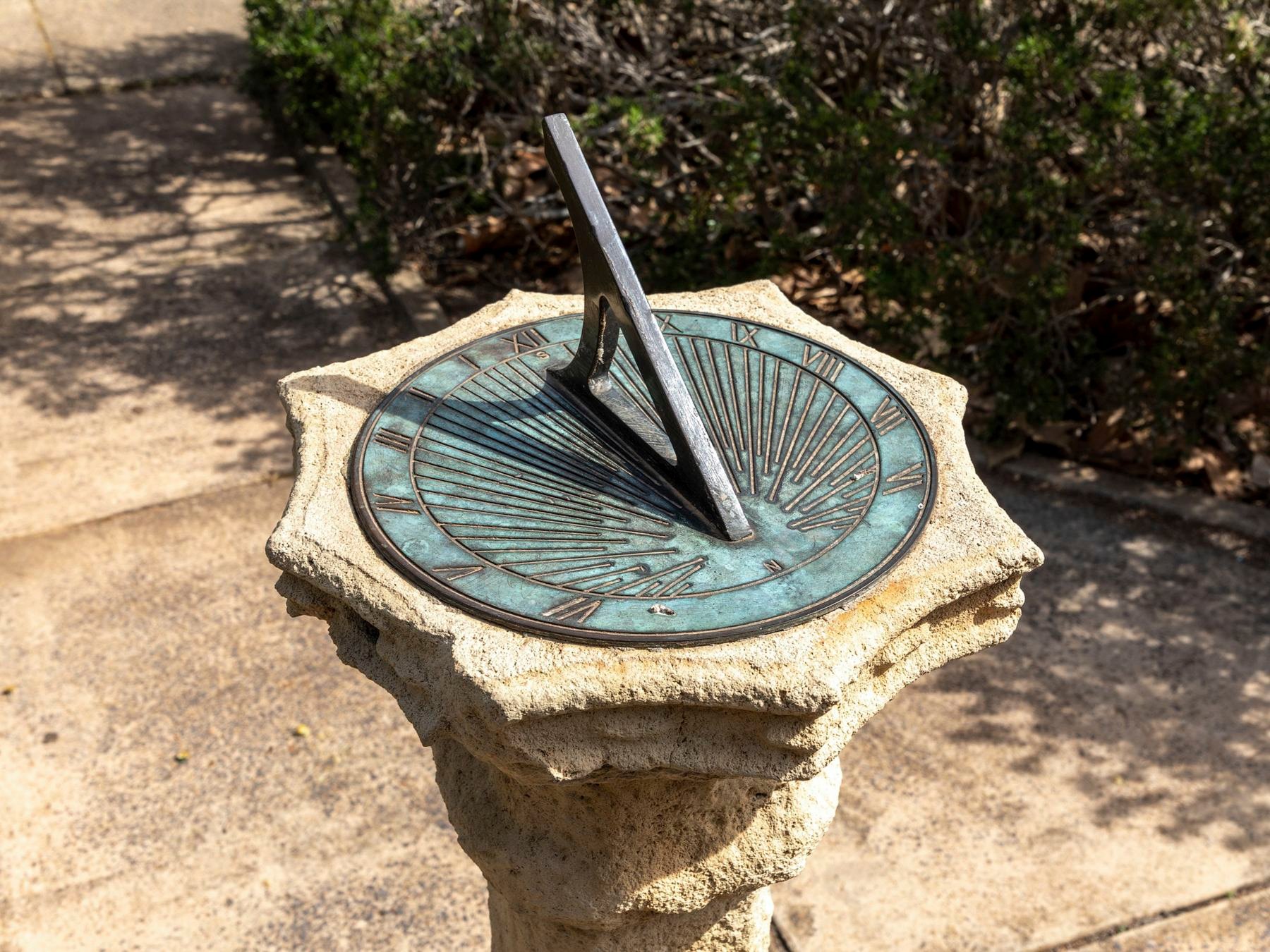
Dietmar Rabich, “Canberra (AU), Albert Hall, Sundial — 2019 — 1740”, CC BY-SA 4.0, via Wikimedia Commons
Simple tools for simpler times
Staying relatively close to one place provides some more tools at your disposal for determining the time. Driving a stick vertically into the ground in a sunny location will accomplish the same reading of solar noon and cardinal direction as using your own shadow, with heightened accuracy. Furthermore, you can use a static time teller to determine the seasons.
If, every seven days for one year, you were to place a pebble at the point of your sundial’s shadow at its shortest length — totaling 52 rocks — you would end up with a figure-eight pattern of pebbles. You would have just mapped the seasonal shifts of the angle of light as Earth orbits the sun. Congratulations, you now have a calendar.
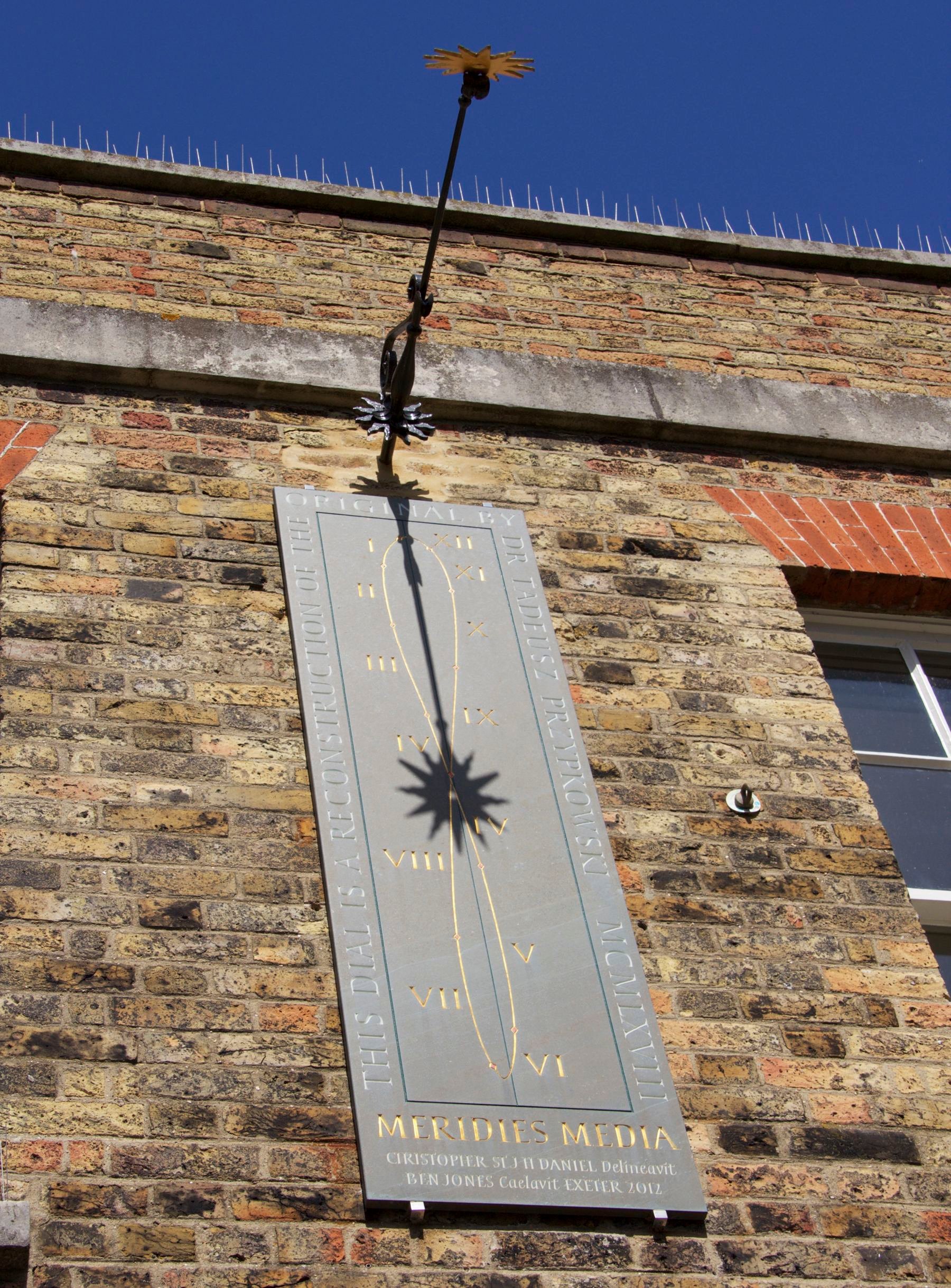
Greenwich Noon Dial, Photograph by Mike Peel, CC BY-SA 4.0, via Wikimedia Commons
You don’t know when tea time is, but you know it’s summer
The high and low points of your figure eight, also the symbol for infinity (as if being stranded in the wilderness wasn’t daunting enough), are the summer and winter solstices. Count 13 of the 52 pebbles in any direction from either solstice and you have your equinoxes. Assuming your stick and pebbles never shift, you can use this simple setup to mark where you are in a year when you observe solar noon on any given day.
An ounce of prevention
If you have some foresight before being dropped in the middle of nowhere, but not enough to bring a watch, you might be prudent enough to prepare a less conventional time-telling hack. There is something you will always have with you that will, at times, have fairly regular timing — your own beating heart. Knowing your average resting heart rate provides you with all the ticking time-telling you might need.
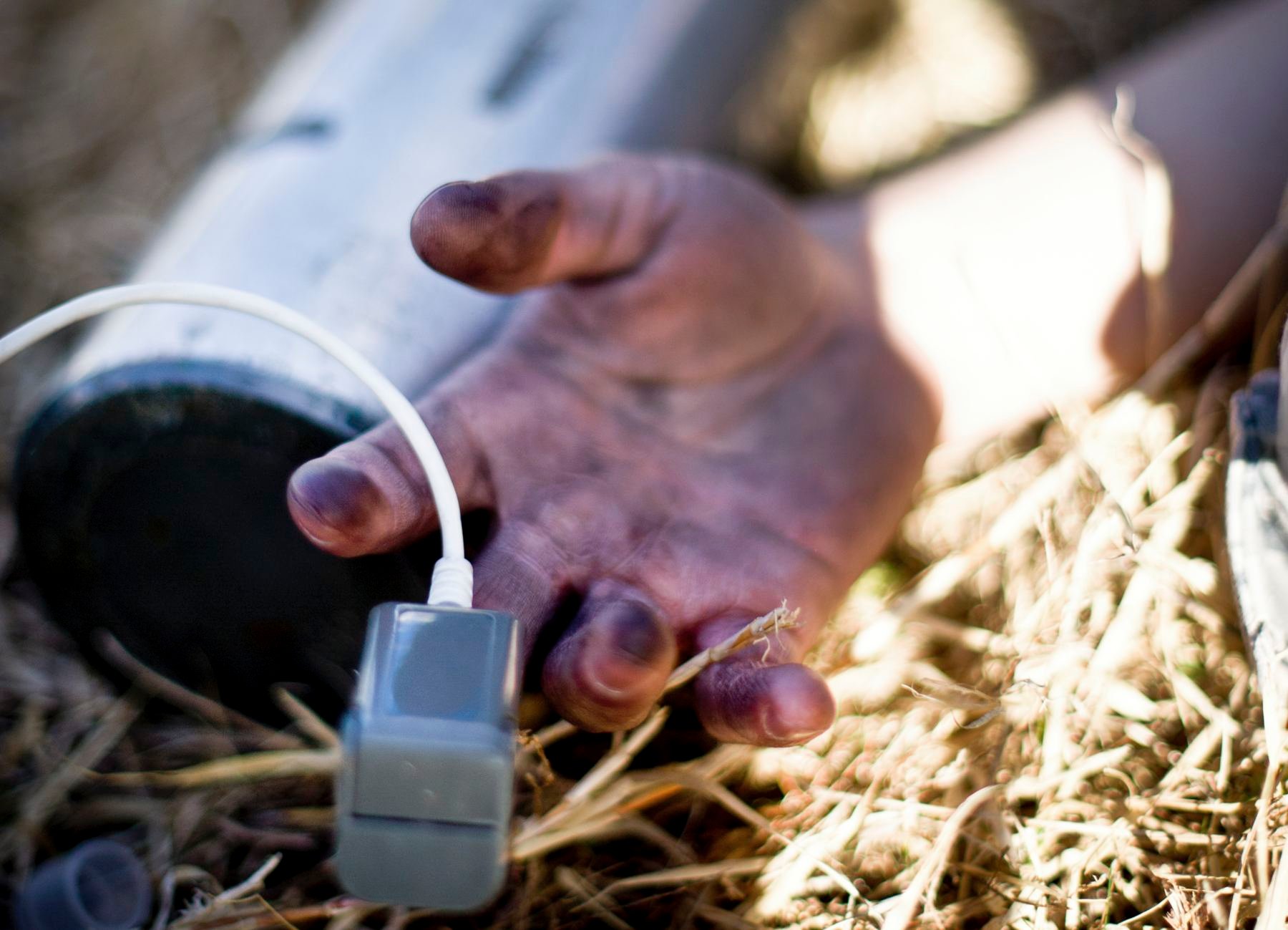
Use the “heart clock” method when you somehow forgot your watch but remembered your pulse oximeter. U.S. Air Force photo by Staff Sgt. Stacy Moless, Public domain, via Wikimedia Commons
The heart clock
For example, let’s assume you know your average resting heart rate is 72 beats per minute (BPM). Assuming you can get yourself to a relaxed resting state at your camp, it’s time to count. To commence timing, place a rock where your sundial stick points to (it’s best to use solar noon). With a handful of 60 pebbles in one hand and the other monitoring your pulse, sit back, relax, and begin counting. Every time you count 72 heartbeats, drop one of your 60 pebbles. Do this 60 times without stopping. When you drop your last pebble, jump up, run over to your sundial and place a rock where it points to. You have just marked the span of a very loosely approximated hour.
Of course, as you rely on an unsteady timing mechanism for longer and longer periods of time, your margin of error increases drastically. Your heart is an unsteady timing mechanism. It would be best to replicate this method multiple times, using easily differentiated rocks at your sundial to mark the different attempts. Then you can get a better average of what your “heart hour” might be.
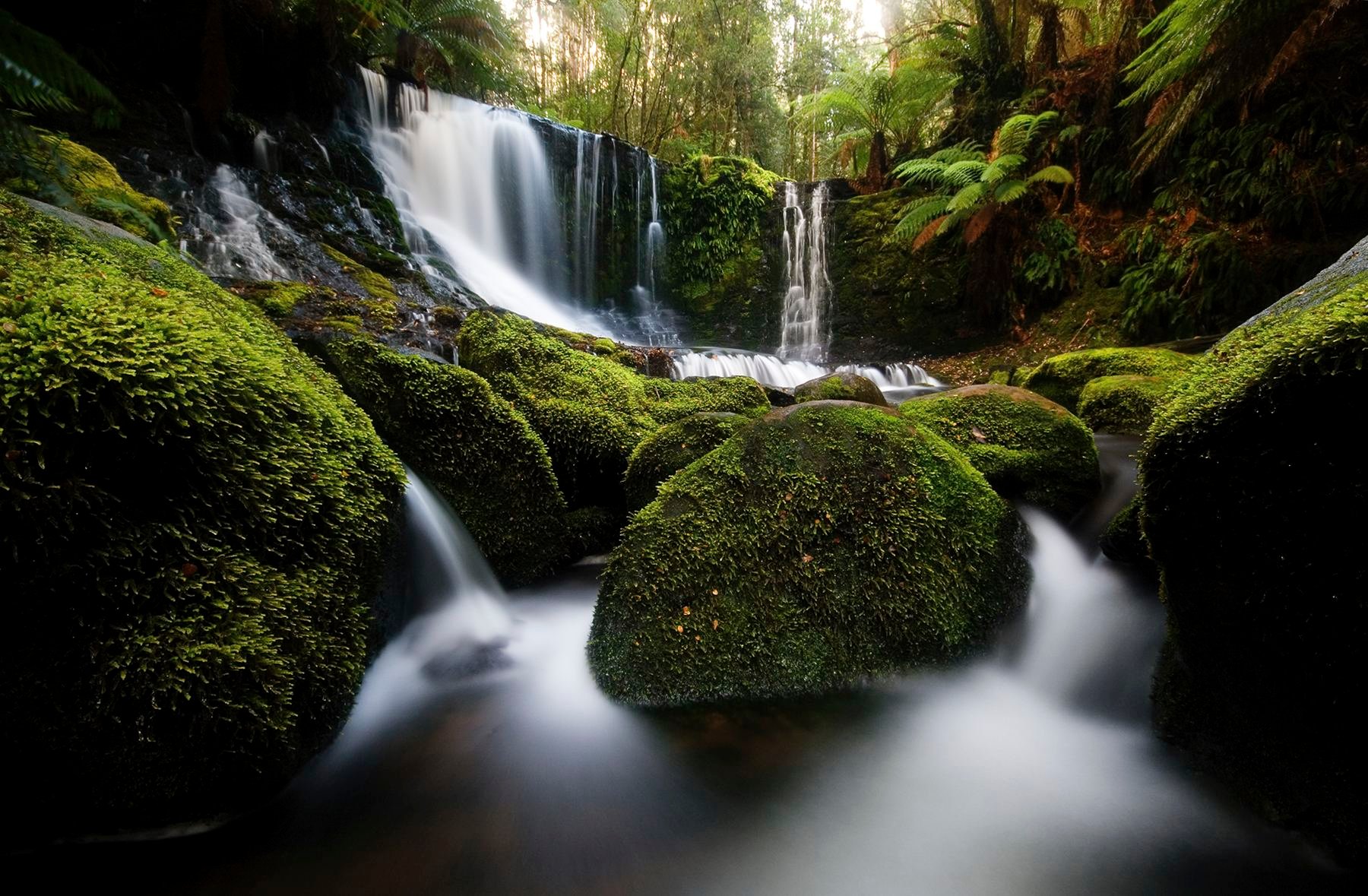
JJ Harrison, CC BY-SA 3.0, via Wikimedia Commons
Filling the day
Sure, you say, but that’s only giving you one hour on your sundial. What about the rest of the day? You could keep using the heart clock to measure hours past that. But, lucky for all of us, we and our beating hearts do not exist in a vacuum. Every environment is filled with life, cycles, and rhythms. You know what an hour is. Now it’s time to look and listen to your surroundings.
Maybe you’re fortunate enough to be near a spring or flowing creek. The regular drip, drip, drip of water can be counted against your hour, then extrapolated to meter out hours throughout the day. Perhaps you’re in a forest with regularly shaped burnable vegetation, like vines or straight trees with minimal tapering. Regularly sized burnable material can be used as a “fire clock” off of which to build. All one has to do is measure the length of material burned against the hour and then replicate it. “Candle clocks” were very real tools for telling time before mechanical clocks became widely accessible. The stable laws of gravity and thermodynamics are your friends for timing in a fluctuating, unstable environment.
But maybe you’ll have to rely on your heart to chart every afternoon hour. “Follow your heart” isn’t a saying without reason. However you get your “hours” down the PM side of your sundial, you can easily determine and place the AM-hour rocks. Use a length of string to measure the distance between each hour marker rock and solar noon, then use those lengths to place rocks on the opposite for the morning. Voila! You now have a sundial with hours, made by your own two hands, heart, mind, and a little sunshine, sticks, and stones for good measure.

You probably won’t find these G-Shocks growing naturally in the forest.
There are clocks everywhere!
There are countless indigenous cultures around the world that have done just fine with minimal timing equipment and charts drawn in the dirt to know what time it is. It comes down to being in tune with the land. There is a tribe in the Amazon that uses different bird songs throughout the day to know the time. Parents tell their children that they better come back home before a certain bird whistle starts up. There are certain flowers that open and close at different parts of the day.
In any natural environment, there is so much to look for and listen to that begins to reveal the natural daily patterns and cycles. It may seem like terrifying chaos to the lone wanderer lost in the forest, but that forest is no different than a wristwatch to those who know how to read it. Both forest and watch track the passing of the sun.
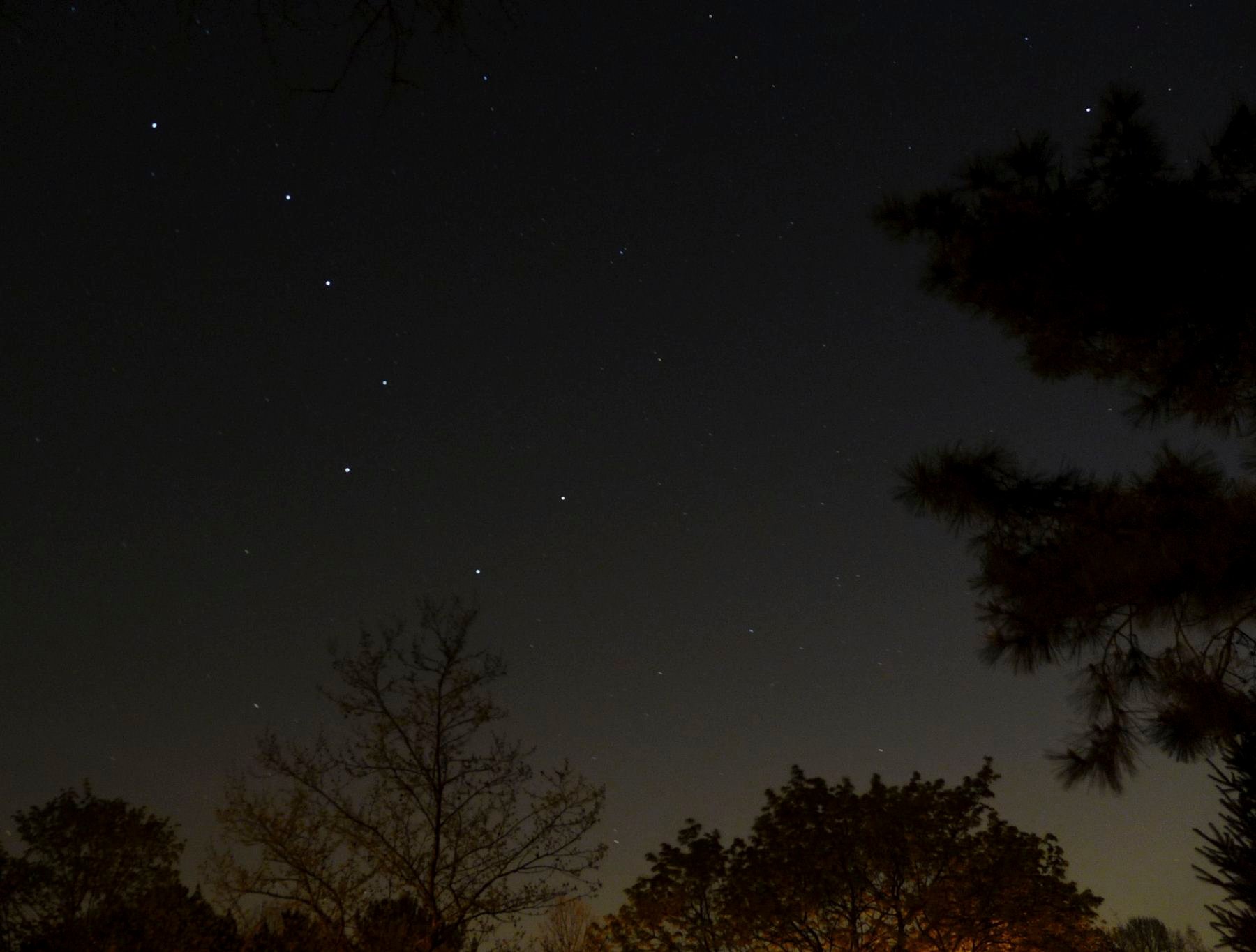
The North Star is in the top-right corner. The Big Dipper, however, you’ll have to find on your own. joiseyshowaa from Freehold, NJ, USA, CC BY-SA 2.0, via Wikimedia Commons
Look to the stars
But let’s say you need to know the time at night. If you’re in the Northern Hemisphere, you’re in luck. Looking to a clear night sky, you would need to find the North Star — Polaris — and the Big Dipper. If you can find the Big Dipper, the two stars that form the end of the scoop side point to the North Star. And those three stars are your nighttime sky clock.
The North Star is the center point of your clock. Draw an imaginary line from it to those two stars at the end of the Big Dipper — that is your hour hand. This clock happens to be in 24-hour dial format like some watches, though the “hour hand” rotates counterclockwise. Every 15 degrees around the “clock face” is one hour. Make a mental note of how the three-star “hour hand” is oriented upon first observation, and you can track its rotation through the night or until it tells you when bedtime is. And hey, the North Star isn’t called that for nothing. It’s due North, another handy tool for nighttime in the wild.
Nature is the grandest complication
Navigation, time, seasons — there’s so much information one can observe and measure without complex tools out in the wild. With enough time and dedication, one can build themselves a fairly complex natural clock with a perpetual calendar. Sure it’s not gold, but its water resistance will be better than any Patek Philippe Grande Complication, and it never needs winding. Just set it and forget it. However, after all this, it’s safe to say that the most convenient way to tell the time in the wilderness is to bring a watch. This could’ve been a much shorter article if I had just led with that.
In what ways have you told the time in nature? Share with us your own time-survival tactics in the comments section.


